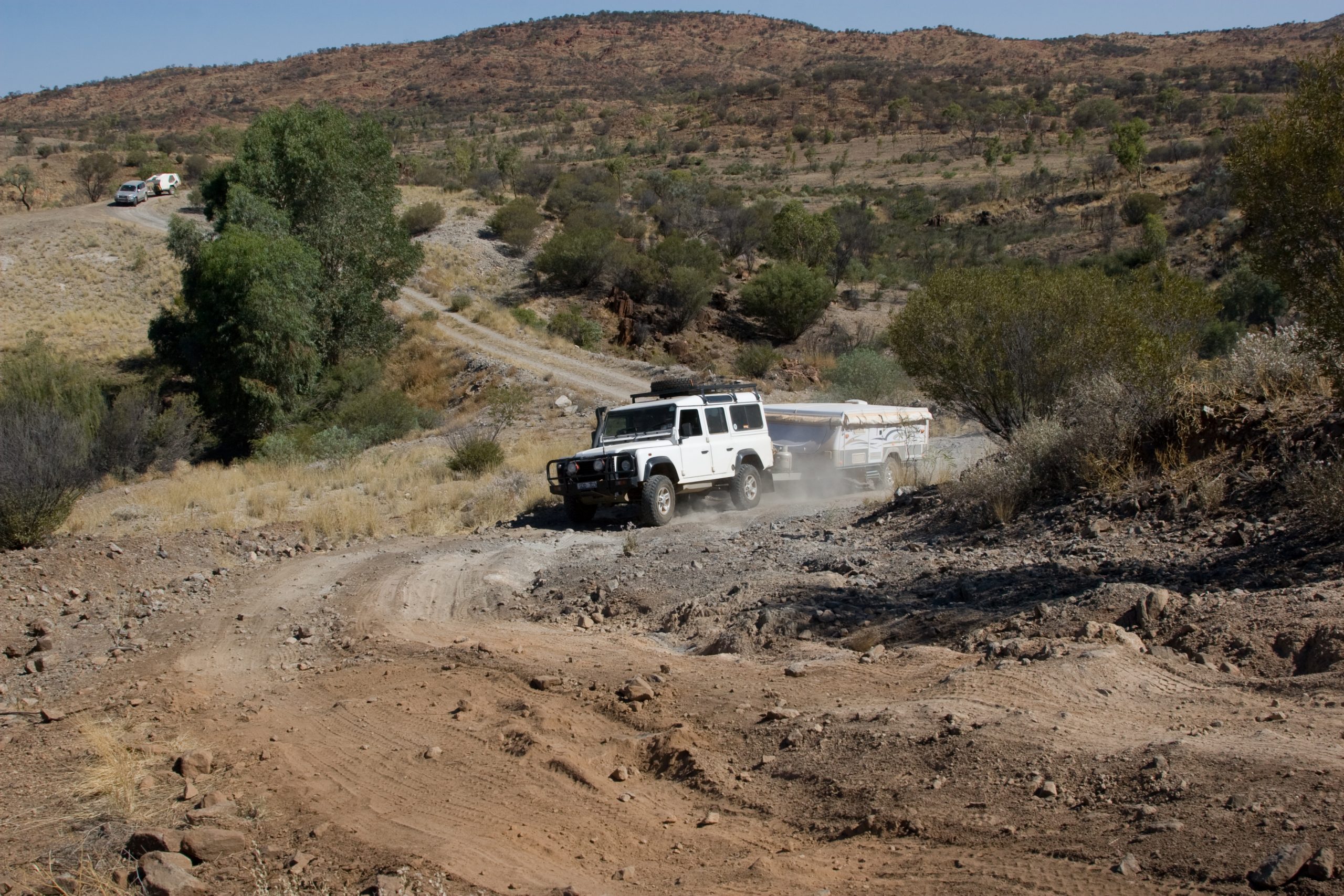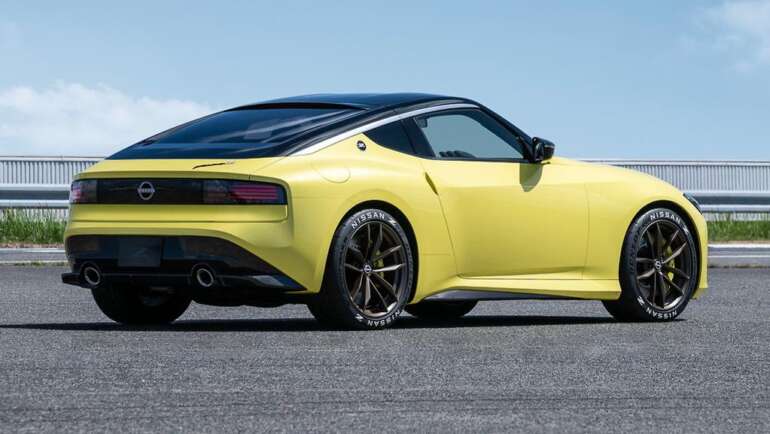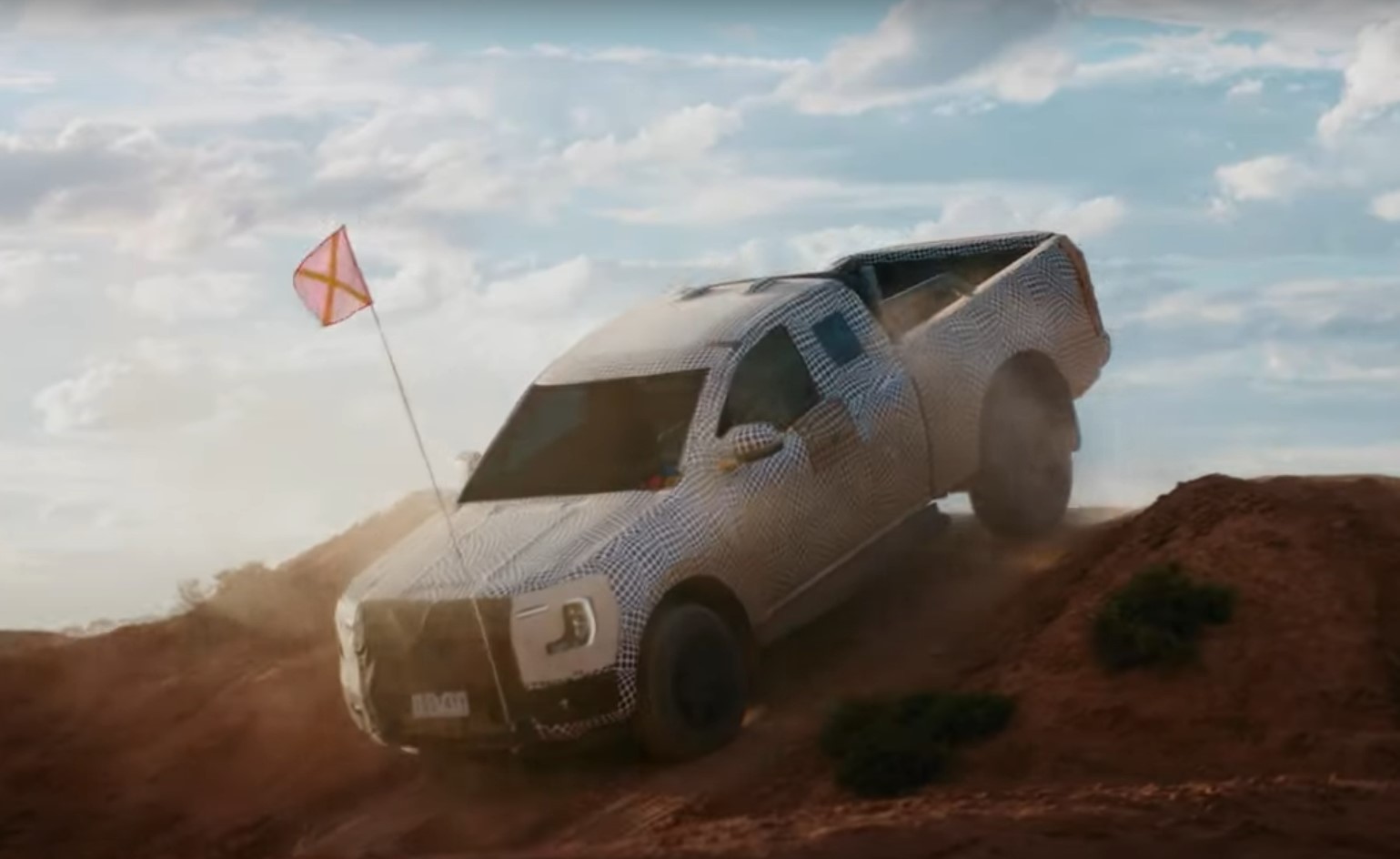
Australian 4X4ing for non-Aussies
Every country has its own, identifiable landscapes and I believe each has its own “carscapes” as well. In the case of offroad tourers the former is a direct influence on the latter, so Australia’s vast distances and open tracks mean the average 4WD is quite different to most other places. It is always dangerous to generalise, so I’m going to do just that and say if there is a typical Aussie offroader it would be a long wheel base 4WD of at least Pajero size, kitted out with various devices which turn it into a camping station for long durations. Short wheelbase vehicles have never been very popular in Australia; despite the fact the country is the second-largest market for the Patrol, Nissan haven’t sold a shortie version for well over a decade, and Land Rover haven’t had much success with the D90. There’s good reasons for that; the only advantages a shortie offers is manoeuvrability, slightly better offroad capability in some circumstances and they are a little cheaper. Given Aussies don’t need to slot into European parking spaces, our tracks are far wider than greenlanes and the cost difference isn’t much then the shortie decision becomes one very much of the heart over the head. Many who do own shorties have them as play cars with another as a serious tourer.
So why a long wheelbase? Because of what you need to carry, and where. On extended touring trips you may well be some distance away from a fuel station – the classics are the Simpson with 600km of sand between drinks, the Canning is worse and there’s plenty more. Even when fuel is available the opening hours may be limited, or the fuel may be rationed if they’re running short as I once found in Cape York. As a recent example we stayed at an outback station, on the way in refuelling at the last chance then driving 200km on dirt roads to the camp where we drove around for three days before heading back. So that’s 400km in a loaded car just to get there and back with no fuel on the way or at the destination. I cannot think of many locations in Europe where that would be the case but it’s common here to be able to wander around for days without coming close to fuel stop, and we certainly find the ability to tow a camper trailer 1000km without refuelling quite convenient.
This is why long-range tanks giving total fuel capacities of 130 to 200L are popular, and of course that starts to take up room and weight, as do the supplies needed for camping. You need 5L of water per person per day, and the food, plus all the usual gear so it’s much easier to put it into a long wheel base. Or just tow something – offroad campers are a huge business in Australia and can be taken a very long way into the bush, especially with modern vehicles. Still, modern or not some basic spares and tools are important when you’re a way aways from anywhere, and none more so than a spare tyre. In fact, two, and preferably a repair kit as well. Space-saver spares and low-profile tyres are as appropriate to outback travel as mud tyres on a Formula 1 car. Ask any Aussie offroad expert what the top three mods are for a tourer and you’re guaranteed to see “offroad tyres” somewhere in that list. Many others would also call out suspension, which simply isn’t designed for the sort of loads, corrugations and heat Aussie outback touring can dish out. In fact, many owners swap the dampers and springs on the vehicle before it leaves the showroom floor, opting for a slight lift of 50mm or so with the heavier-duty kit.
The next area of attention tends to be the cargo area, and for many Aussies you start with your fridge of 40 to 60L and work around that. It is no exaggeration to say I do not know any Aussie who travels without a fridge, but you’re quite welcome to scoff at such luxuries. I’ve been travelling with such sceptics and have I ever had fun at the end of the dusty day, when the campfire (bush TV) is roaring, the day’s work is done, the dinner of spit-roast animal is settling nicely and I offer everyone a nice, cold beer….except of course those hardy souls who don’t feel the need for portable refrigeration. Well, you should see their tongues drop out. But no mercy until they admit the value of the fridge! Maybe a little chilled wine would persuade them? Or possibly some fruit? Perhaps a selection of cheeses we picked up a couple of days ago from a boutique farm? Nobody gets that far before grudgingly admitting there may, in fact, just be a point to car fridges.
Fridges of course do need power, and that’s why dual batteries are so common – one battery to start the car, the other to power the accessories such as fridges, iWhatevers, laptops, cameras, winches and like. Generally the second battery goes under the bonnet, but sometimes in the cargo area, not preferred because it takes up valuable space. What’s usually behind the second or sometimes first row is a set of roller draws, or if you’re like me you build your own removeable set. No two vehicles are set up exactly alike in the back, but one thing everyone has is a UHF CB radio for short-distance communications, and most also run a pretty dark tint to cut down on interior heat. Snorkels are popular to cut down on water ingress and driving lights tend to be fitted once the driver has tried a set.
Many owners fit gear for more difficult tracks such as locking differentials, winches and rock sliders but in my experience these aren’t necessary to access pretty much any touring destination in Australia – I say all you need is a set of decent tyres and a small suspension lift. Still, the extra gear does mean the car doesn’t work as hard.
All up that pretty much sums up the classic Aussie tourer, but not every car can be kitted out that way. Serious tourers wouldn’t buy a car for which there is no bar, snorkel or suspension kit. As an example, if you decided you wanted a VW Touareg and rocked up (one ‘rocks up’ in Australia) with it to your nearest 4WD accessory shop they’d give it a bit of the old drawn-out frowning “yeeeeah g’daaay” indicating that was the first time they’d worked on one and the too-hard basket may be wheeled out. But had you bought say a Discovery 3 or Pajero you’d find one of everything available off-the-shelf and plenty of owners having gone before you. My advice to would-be tourers is not to buy a car unless it has it’s own page in the ARB catalogue, although plenty of people drive all sorts of vehicles happily enough, and there’s plenty of them.
In Victoria, a state of around six million people, there are around 80 4WD clubs with 10,000 members. The peak body, 4WD Victoria, even managed to get 4WD-specific policies written into the manifestos of both major political parties at the last state election. You could wait at any major road intersection in Melbourne or Sydney and it would be only minutes until a 4WD modified for offroading passed by. What does Joe Average think of all this? There’s an anti-4WD movement but it is fairly low-key and not well supported; we just don’t see the craziness of people slashing tyres, putting fake parking notices on windscreens or orchestrating the kind of idiocy we hear about overseas. Every now and again the media launches into some kind of beat-up using emotive language such as “weapons of mass destruction” but that’s just tabloid “journalism” the world over and they move on to some other pet topic like exploiting cultural differences between immigrants and, well, slightly more well established immigrants. Still, we’ve seen what happens overseas so we need to be vigilant against vigilantes. There was a study a while back which quite clearly showed offroaders to be male, white, in middle management jobs, more likely to be xenophobic, arrogant, anti-gay, racist, selfish and overweight. Yes, really. I told all my friends that was terribly unfair as I wasn’t overweight.
Of course, it doesn’t matter what you drive, you can still find somewhere to go. While Australia is best known for its outback drives there’s much more to it than that. From my base of Melbourne I can drive for five hours and in winter find snow over a metre deep, mud a metre deep in a rainforest, alpine high country, rocky tracks that defeat even comp trucks, sandy deserts, pristine beaches you can drive along with buggy dunes for a bit of challenge…something for everyone in every vehicle and that’s the one thing all Aussie offroaders agree on – it’s a top place for touring.
You and 4X4s in Australia
Fancy a bit of offroading in Australia? You’ll need a vehicle and there’s plenty of choices, but not from the mainstream companies who don’t generally permit dirt-road use. Instead, use the likes of Sargents, Britz, Mountain Top Experience and more although even these have some restrictions on use. Another way is simply buy an old 4WD. Camping and recovery gear can be rented or bought cheaply when you arrive. While Australia is very safe to tour, the further away you go from the main tourist routes the more important your knowledge and skills become, and please understand remote areas are the not sort of places where you can be sure “someone will come along soon”, or you stand any chance of walking it out, however fit you are.
International offroad experience doesn’t necessarily translate from country to country because conditions are so dissimilar – a highly experienced mud and hills driver is not going to know what to do when driving along a soft beach with the tide coming in, plus our dirt roads are a trap for everyone, Aussies included.
A bit of local training never goes amiss so consider that as a starter too, if only for the chance to meet others and ask lots of questions. One way to do a trip in the safety of numbers and with local experience would be to join a commercial tag-along tour, for example Great Divide Tours will organise you a vehicle, all the provisions you need then take you off into the outback. Alternatively, you could go the all DIY route, get in with a club and join one of their trips. There’s a great many Aussie offroad web forums which are a good place to begin research, but it’s all very doable and once you’re over here the expenses of travel aren’t much as fuel is cheap, as is camping accommodation.


